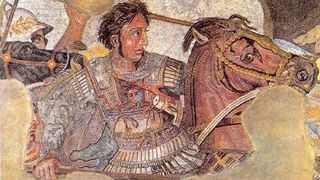The Hellenistic Period (323 BCE - 31 BCE) began with the death of Alexander the Great and marked a transformative era in the ancient world. It saw the blending of Greek culture with the traditions of Egypt, Persia, and India, leading to remarkable advancements in art, science, and philosophy.

Key Events Leading to the Hellenistic Period:
- Alexander's Conquests: By 323 BCE, Alexander the Great had created one of the largest empires in history, stretching from Greece to India. His campaigns spread Greek culture across the known world.
- The Division of the Empire: After Alexander’s death, his empire was divided among his generals, known as the *Diadochi*, leading to the creation of Hellenistic kingdoms such as the Ptolemaic Kingdom in Egypt and the Seleucid Empire in Persia.

Hellenistic Achievements:
- Art and Architecture: The period saw a shift towards realism and emotion in art, exemplified by sculptures like the *Venus de Milo* and the *Winged Victory of Samothrace*.
- Science and Philosophy: Thinkers like Archimedes, Euclid, and Eratosthenes made groundbreaking discoveries, while schools of philosophy like Stoicism and Epicureanism flourished.
- Cultural Exchange: Greek became the lingua franca, facilitating trade and the exchange of ideas across the Hellenistic world.
End of the Hellenistic Period:
The Hellenistic Period ended with the rise of Rome. By 31 BCE, Rome had annexed the last Hellenistic kingdom, Egypt, marking the beginning of Roman dominance.
